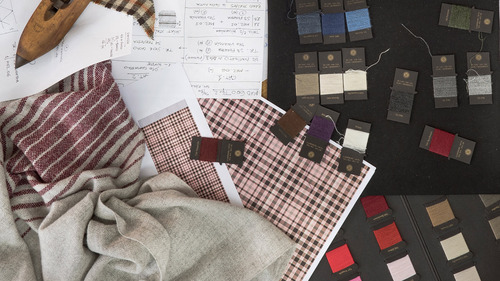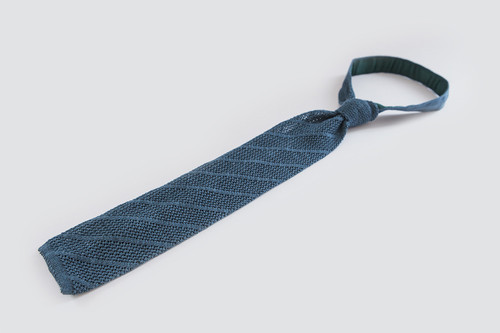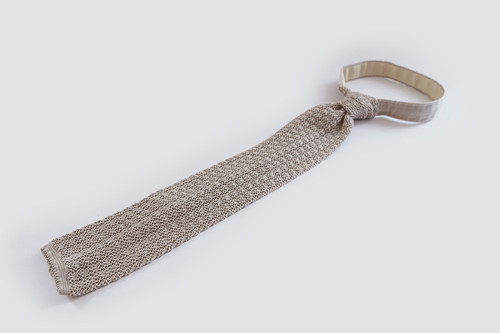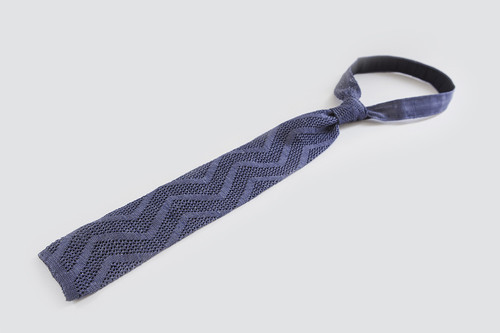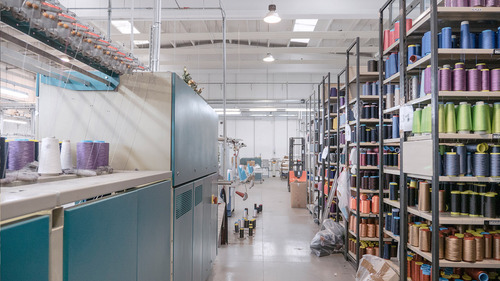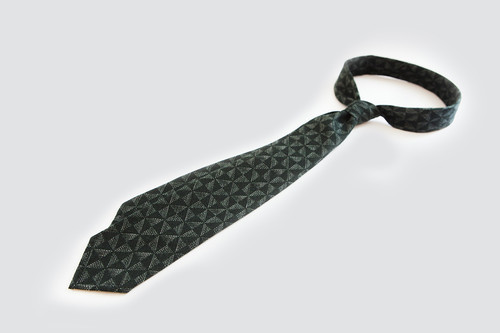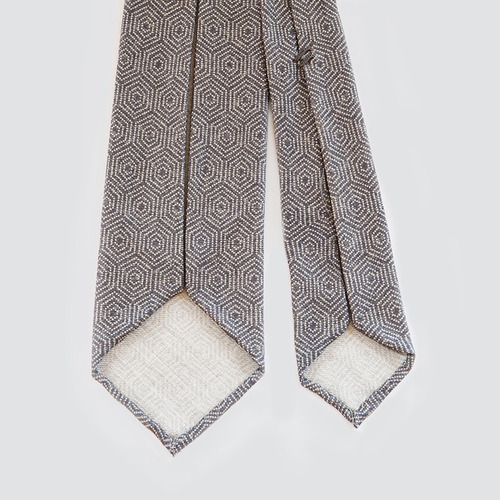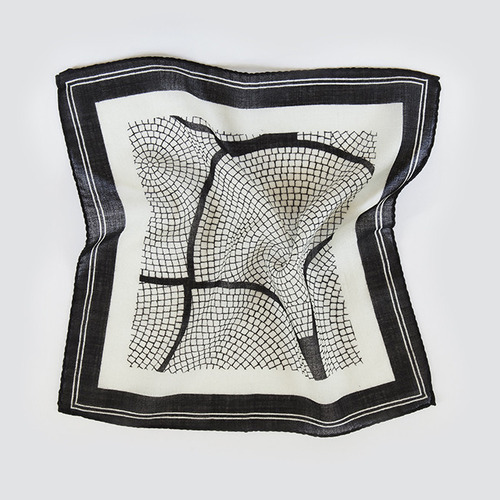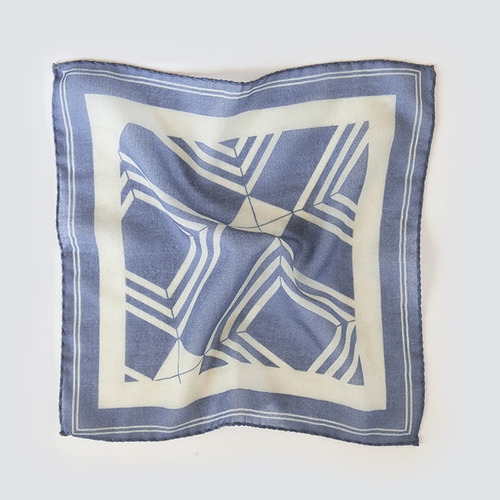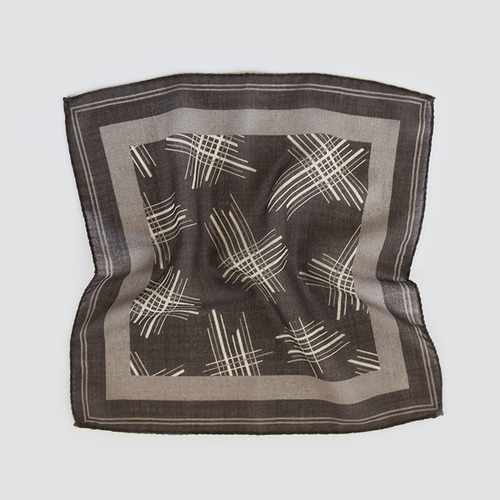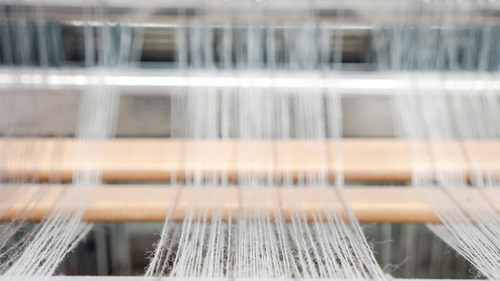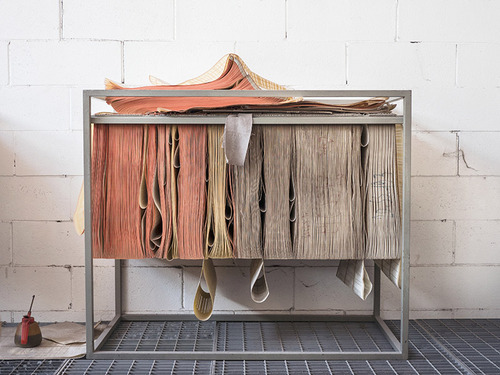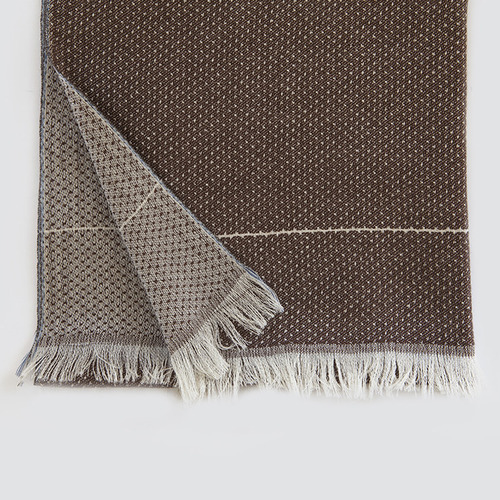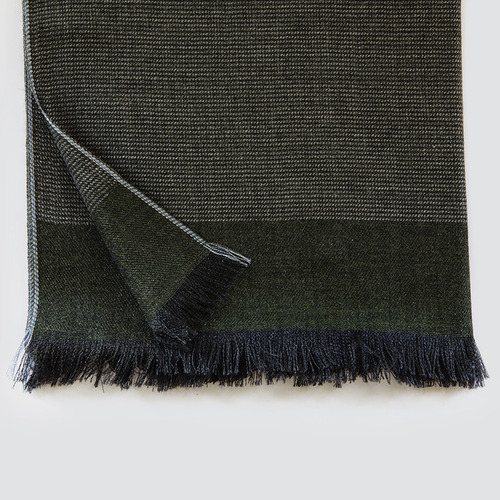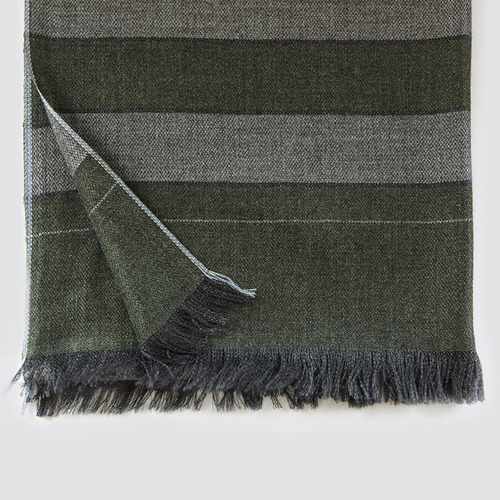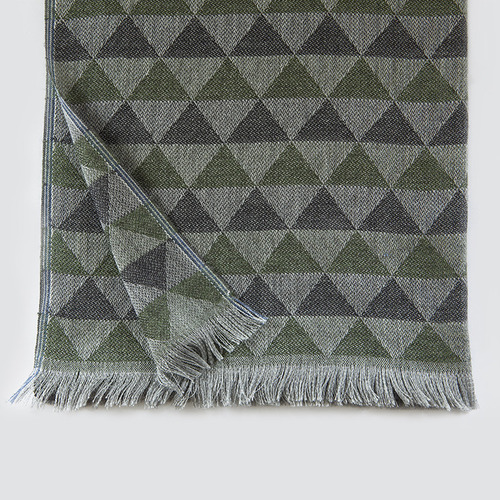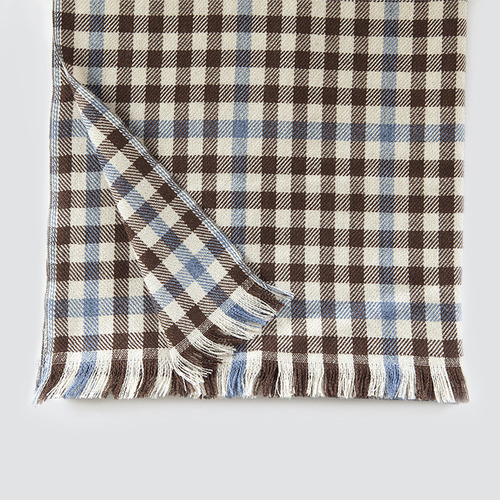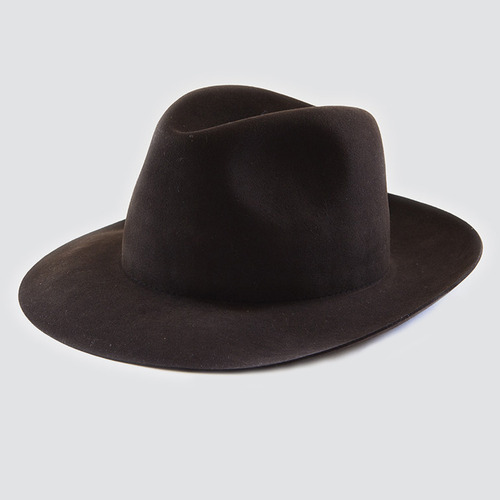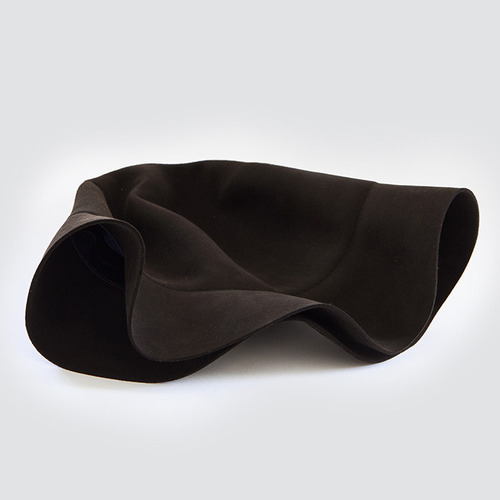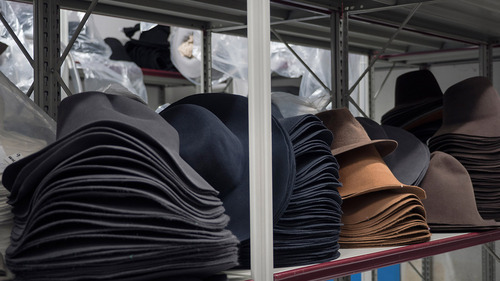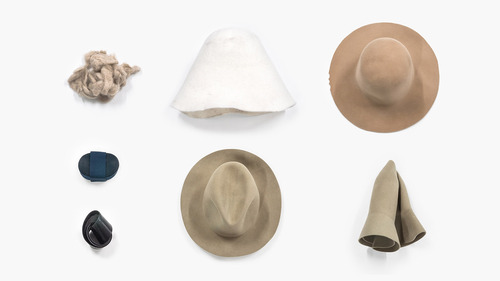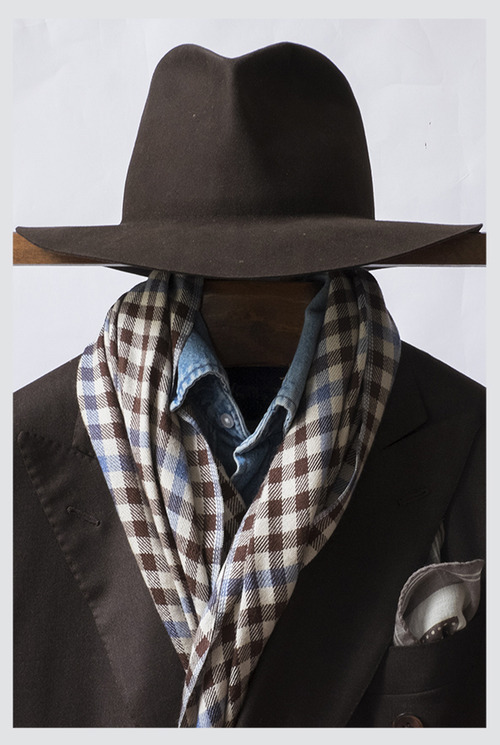
Despite the explosion of new brands in the last few years, very few offer anything unique. That’s because most are started by enthusiasts – people who love men’s clothing, but don’t know how to make it, so they scout around for the same fabric suppliers and workshops that everyone else uses. As a result, we have dozens of companies at this point offering the same raw denim jeans, Macclesfield silk ties, and made-to-measure shirts.
This past Monday, my friend Agyesh launched what I think is one of the more interesting brands in a while. The company’s name, Stoffa, is Italian for “the stuff things are made of” (and sometimes used colloquially to mean “he’s got the right stuff”). Stoffa is about materials and process, which here are unique because of Agyesh’s background. He’s graduated from Parsons, is skilled in the arts, and worked for a while at Isaia. As a result, he’s familiar with the supply chains, how to design, and how to make clothes on a technical level.
Take these scarves, for example. Most scarves are made on large, modern looms, which produce rolls of fabric that are then cut down to size. Stoffa’s scarves, on the other hand, are produced on old, wooden, jacquard shuttle looms in Biella, Italy. They’re engineered to produce scarves to size, which means the scarves are finished with a selvedge edge. Since this is old 19th century technology, it also means that there’s no digital modeling for the patterns. Agyesh made these by actually investing in the equipment and experimenting with them – designing on the spot by adjusting the warp and weft threads here and there.
He’s not interested in old technology for the sake of old technology, however. You can tell that from the designs, which feel refreshingly modern (just browse the selection of ties and pocket squares). Agyesh tells me that he’s using these machines because they’re able to create a certain kind of open weave that he’s been unable to find anywhere else. A friend of mine, Stephen Pulvirent (formerly at Hodinkee, but is now serving as an associate editor at Bloomberg) recently wrote that they have an interesting honeycomb-like structure and springy hand.
There are some other projects in the works, but I promised I wouldn’t reveal anything. Like what he has on the site now, however, those are being made by starting with a production process and moving backwards (this contrasts with what most other companies do, which is starting with a mood board and moving forward). It’s the materials and process that make Stoffa feel new.
